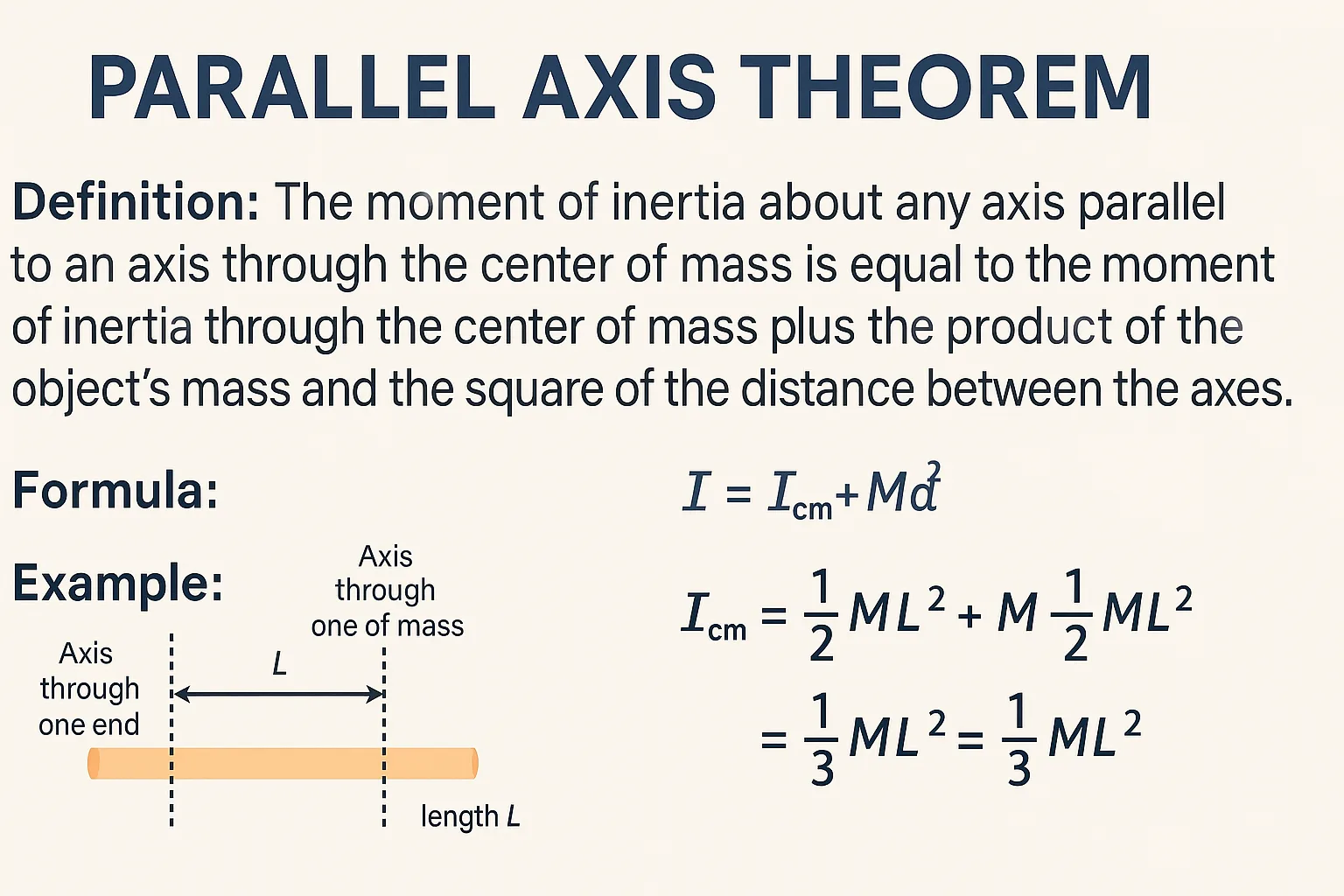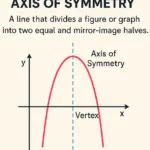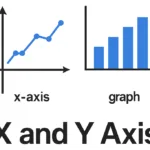Ee
🔊 US Loading... 🔊 UK Loading...Here’s a brief overview of the letter E in grammar, including its uses in English:
1. Articles
- E is part of the indefinite article an when preceding vowel sounds (e.g., an elephant).
2. Pronouns
- Words like he, she, and we contain the letter E and serve as subject pronouns.
3. Verb Endings
- Many verbs in English end with -e in their base form (make, take, write).
- The silent -e often affects the pronunciation of preceding vowels (hop → hope, rid → ride).
4. Adverbs
- E appears in adverbs ending in -ly (nicely, politely).
- Common adverbs with E include here, there, everywhere.
5. Plurals
- Some singular nouns add -es to form plurals (box → boxes, bus → buses).
6. Tense Endings
- Regular past tense verbs add -ed (walk → walked, bake → baked).
- The -e is preserved when forming the past tense for verbs ending in -e (love → loved).
7. Comparative and Superlative Adjectives
- Many adjectives end in -er (comparative) and -est (superlative) (nice → nicer → nicest).
8. Common Prefixes and Suffixes
- E is found in prefixes like ex- (example, exit) and suffixes like -ence, -er, -ess.
9. Silent E
- The silent E at the end of a word modifies the vowel sound (hat → hate, pin → pine).
10. Prepositions
- Common prepositions with E include above, before, beside, despite.
11. Conjunctions
- Some conjunctions contain E, like else, whereas, however.
12. Commonly Used Words
- The letter E is the most frequently used letter in English, appearing in:
- Pronouns (he, she, we, me).
- Verbs (be, see, feel).
- Prepositions (before, between).
Additional Insights

Parallel Axis Theorem – Definition, Formula, Derivation & Applications

Axis of Symmetry: Definition, Equation, and Real-Life Applications

X and Y Axis: Definitions, Graphs and Examples
Coconut Spanish Translation

Cashew Spanish Translation
Axis Definition and Meaning

Walnut in Spanish Translation

Almond in Spanish – Translation and Meaning
